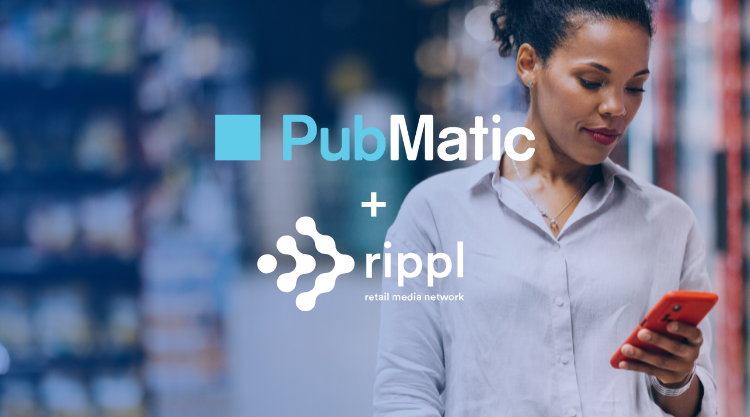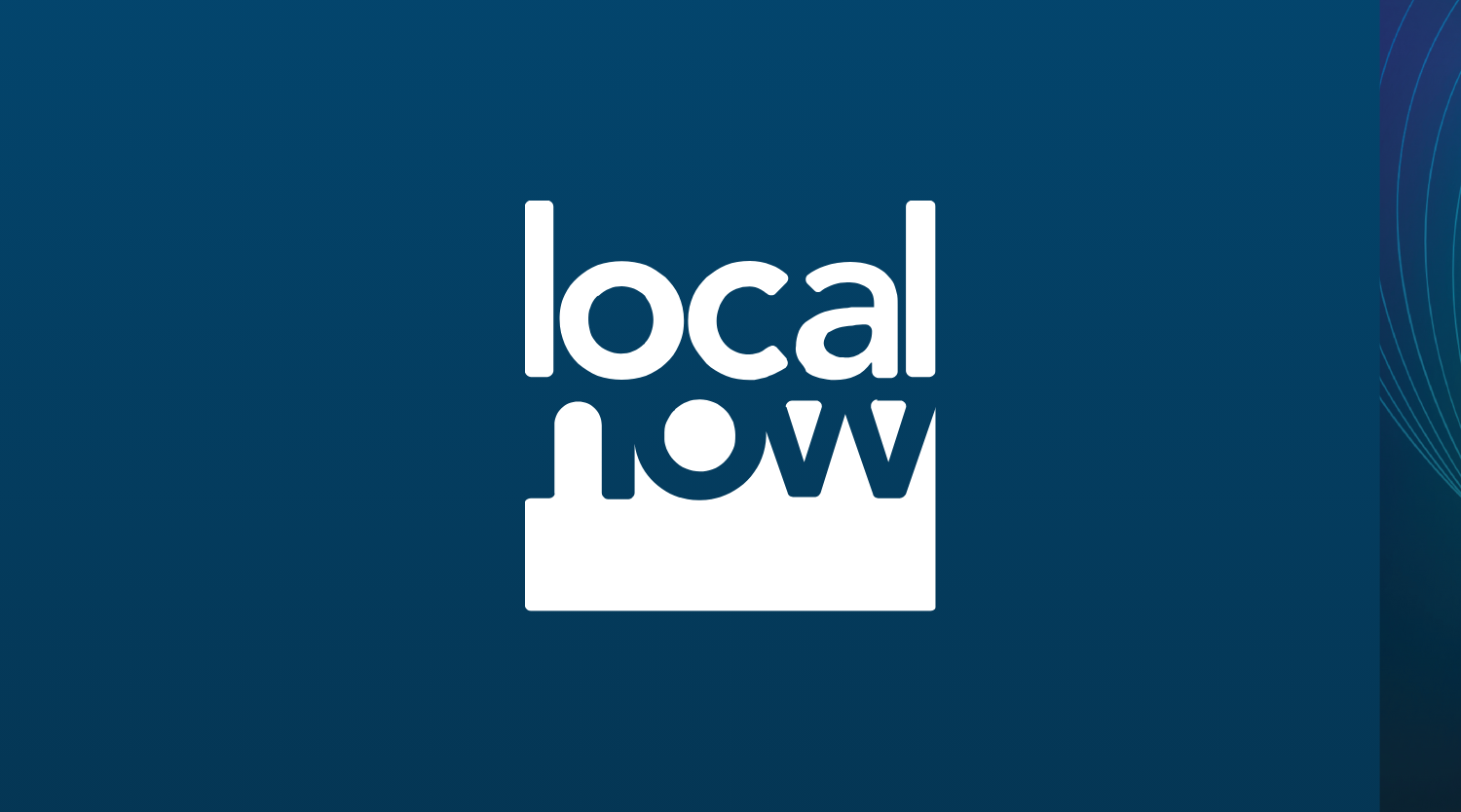
Programmatic and mobile seem destined to be together. It’s difficult to name two other technological trends that have done more to disrupt the established order in advertising and media over the past three years. This year, 55 percent of all digital display ads in the U.S. will be bought programmatically up from just 24 percent in 2013, according to eMarketer. At the same time, U.S. Internet users now spend the majority of their time consuming digital media on a mobile device, according to comScore.
Earlier this year, we conducted a survey of PubMatic publishers and buyers asking a series of questions about mobile advertising. Even as it’s clear that mobile and programmatic are on an obvious collision course, we wanted to find out what was happening in the market from the perspective of its day-to-day participants.
We asked our customers to tell us what they felt were the specific factors spurring the growth of mobile programmatic. Here is what they had to say.
Top 3 Factors Spurring the Growth of Mobile Programmatic
- The Growth of Private Marketplaces: 66 percent of customers indicated that the ability to transact mobile media in private marketplaces (PMPs) has helped foster the growth of mobile programmatic more than any other factor. Indeed, PMP provides buyers transparency about the publishers they are buying from programmatically and at the same time it allows publishers to continue to have a more direct relationship with their buyers than traditional open RTB. Therefore, it’s no wonder that PMP has been a preferred environment for buyers and sellers when it comes to an emerging platform, like mobile. PMP growth is not only limited to mobile. Indeed, eMarketer projects that PMP will account for 28 percent of programmatic spending by 2016, up from just 2 percent in 2013.
- Use of New and Innovative Formats: 55 percent of customers also cited the growth of new and innovative formats as contributing significantly to the growth of mobile programmatic. These formats would no doubt include native ads, which is set to grow to $21 billion in U.S. ad spend by 2018 up from $4.7 billion in 2013, according to Business Insider. Many native ad units are designed to be in-feed or integrated as snippets of text and images that are especially seamless and effective when served within the context of a consumer’s mobile experience.
- Surge In Advertiser Demand: Advertising spend inevitably chases consumers and mobile media doesn’t seem to be an exception to this well-established rule. As Mary Meeker pointed out last month, mobile is only 8 percent of ad spend, while consumer time spent on mobile is 24 percent. This equals a $25B opportunity as advertisers catch-up to the consumer. So it is no surprise that 80 percent of our survey respondents expect mobile ad spending to increase.
Mobile advertising needs to scale quickly and programmatic technology is designed to handle massive scale. With the help of PMP, the wide adoption of new mobile friendly formats and the need for ad spend to follow consumers, it looks like mobile programmatic has all of the key ingredients that will drive its growth for the foreseeable future.




